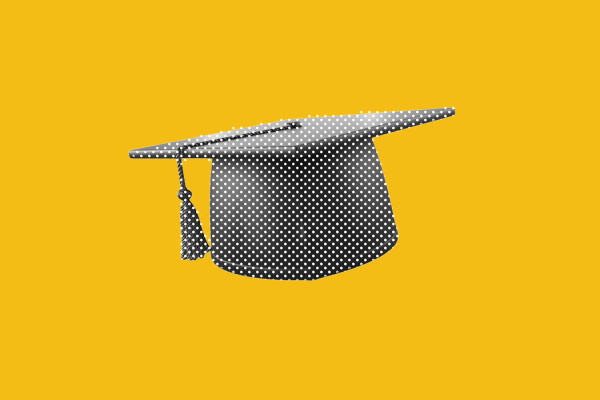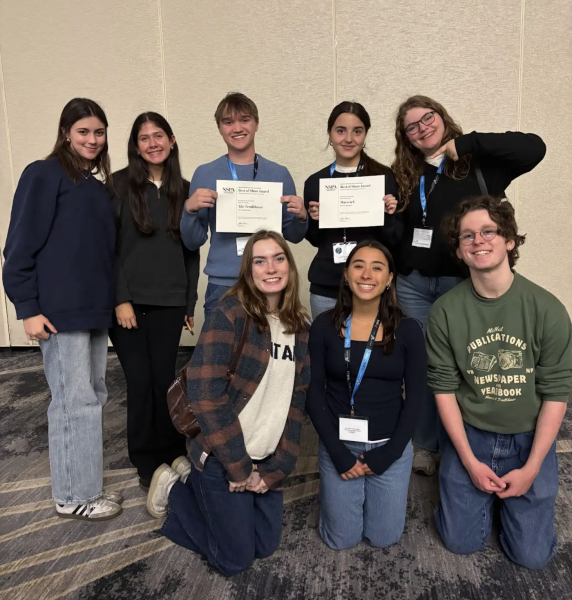Why Naptime Should’ve Been Continued
Many are familiar with the nostalgia of naptime in kindergarten: the graceful and calming block reserved for the peace of teachers and students alike. Kindergarteners aren’t that far off from high schoolers. In fact, the amount of sleep a 5-year-old needs only differs by one hour compared to the amount of sleep a 15-year-old needs. And with most high schoolers suffering from sleep deprivation, the question arises, should naptime continue for high schoolers?
Sleep helps us all learn better, no matter the age. The impact of sleep on test scores was researched in a study by two MIT professors, Jeffery Grossman and John Gabrieli, who found that the less students slept per semester, the worse their test grades were. In an additional study tracking correlation between sleep and learning process, 44 participants were given two rigorous lessons- one at midday and one in the afternoon- where half the group was allowed a nap in between. The group that had taken a nap in between sessions showed consistent learning during the afternoon class as they had midday. In contrast, the ones who continued standard activities before returning to the lesson had a significant decrease in episodic learning: the process of storing and retrieving information.
Additionally, naps are shown to improve mood. According to Landmark Health, they not only improve a person’s mood but can also increase energy, creativity, productivity and reduce anxiety and depression. All of these factors combined would solve many problems that arise in school, such as students sleeping during class, overall fatigue and lack of attentiveness, slacking off on assignments due to tiredness, skipping class due to lack of motivation and more. Naps would allow teens to feel refreshed and ready to go to class everyday, boosting the overall morale of the class and making any teacher’s job easier.
While the most desired and effective outcome of fixing overtiredness in high school students would be eight hours of sleep every night, it’s mostly unattainable and unrealistic. That’s why integrating nap time during school is the best possible option. At McNeil, FLEX is already a set time put away in the morning for students to time to themselves. Although this is mostly used for work and not for a siesta. The best time to nap is in the early afternoon, after lunch, when the body experiences a dip in the circadian rhythm. The circadian rhythm is the body’s 24 hour internal clock, releasing melatonin appropriately right before bedtime and sometime between midday to 3 p.m. It would make sense for a short block of time to be established after lunch so that students can take a brain break, relax and recharge or take a nap.
Naptime would enhance high school students’ academic achievements, morale and awareness during the day. Overall, it’s clear that a daily snooze is needed and would be much more appreciated by teens than kindergarteners, anyway.
Your donation will support the student journalists of McNeil High School. Your contribution will allow us to purchase equipment and cover our annual website hosting costs.

Hello! My name is Camryn Lee and this is my third year on The Trailblazer staff. I really enjoy writing opinion and entertainment related articles. I also...





